From Sales Funnel to Sales Journey
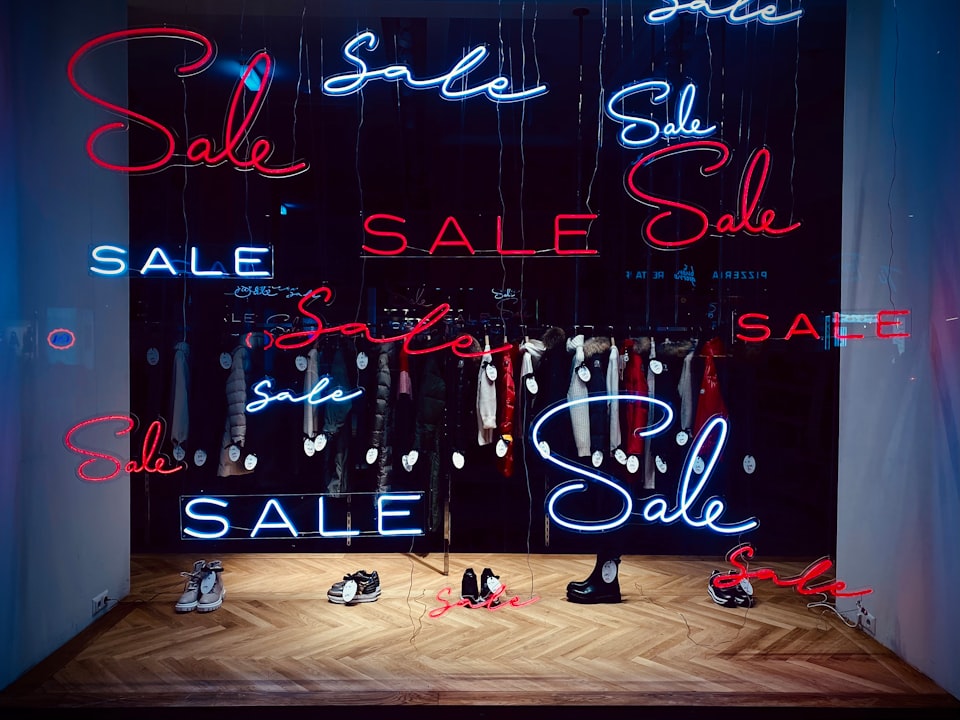
I've got a bit of a gripe I need to get out into the world.
I hate sales funnels.
I hate creating them, I hate being in them, I hate it when people talk about optimizing funnels.
We've all been in one and you likely know what it looks like and how it feels to be in a funnel:
You sign up for a free webinar, or to download a free pdf or ebook. Then you get taken to another page with an instant upsell and then another after that.
"Get my $499 course for only $47! You'll never get this discounted price again so you have to buy now!"
If you don't buy now then your email is added to an email funnel where you're hit with sales emails a day in and day out until you either buy or unsubscribe.
Your affinity for the brand or creator is non-existent, you feel gross that you had to go through all that, and you'll never work with them again.
Sounds like an awesome way to bring new people into your business!
Ok, I digress.
Here's the principle for this chapter:
Say goodbye to sales funnels and replace them with sales journeys.
Sales Funnel vs. Sales Journey
A defining characteristic of sales funnels is that there is one way in and one way out.
The goal of a business using a sales funnel strategy is to "dump" as many people into the top of the funnel so that they can get more people to come out the other end.
You have to put in your email to get to the next part of the funnel, then you get hit with offers to buy, and more offers to buy, then, yes, more offers to buy.
The hope is that 1-2% of people who enter the funnel come out the other side having purchased something from you.
Think about this from a broader perspective. While you might be happy converting 1 or 2 of every 100 people, that means that there are 98-99 people that are turned off by your sales funnel approach and will never work with you again, despite at one point being interested enough to enter that sales funnel.
You just burned 98%+ of people. That's the important thing to know about a sales funnel.
And even if you can optimize that funnel to get to even 5, 8, or 10% conversion rate, you're still burning the relationship with 90% or more of the people that come in contact with you and your business.
The alternative, then, is a sales journey.
The Sales Journey
In a sales journey, you start by realizing that everyone is different in not only how they discover you and your business, but their level of interest at that moment and the level of desire to learn more.
Not everyone who follows you wants to become a customer. They may just be interested in you, your journey, your story.
Not everyone who subscribes to your email list is ready to purchase your product or service. Maybe they just want to get your newsletter each week or know when your next gig is.
If you treat everyone who comes into your world as if they're ready to buy - meaning that you instantly start selling to them - many will turn around and leave.
If instead, you meet them where they are in their journey and give them a lay of the land, they're much more likely to explore and one day become interested enough to become a customer.
Here's the principle:
Give without any expectation of a transaction, and leave the door open for those ready to take the next step.
The main difference is how you treat people.
Do you greet them as a salesman or a guide?
Treating people as a guide means that you can help them, rather than try and sell them.
This mindset starts with those who aren't even following you yet.
When you show up on Twitter or Instagram, find people who need help and serve them as if they're already a client or customer of yours.
This gives them the experience of working with you and they start to see themselves as a customer.
Often they'll take that next step through the "open door" and subscribe to your email, message you directly, or otherwise.
Operating with a sales journey rather than a sales funnel means that you recognize that every single person is on their own path, with their own struggles, and their own desires.
Rather than shove them through a one-size-fits-all funnel, open the door for them to take the next step.
Put a link in your bio. Put links in your weekly newsletter. Create free value for people and link to the things that would be the logical next step for someone in their situation.
Make it easy for people to become customers or clients, rather than forcing them through a funnel.
Ask for permission before you sell
The last point I'll make here is the importance of asking for permission before selling to people.
Your goal as a creative business owner is to serve people, to share your work with as many people as possible, not to optimize your conversion rate.
(You'll do that too, but it's not your main goal.)
So rather than trying to sell everyone that enters your world, ask permission first.
The people who are ready will take you up on that offer and will let you sell to them. In that scenario, you'll have a much higher conversion rate than trying to sell to everyone.
In the fall of 2009, I had to take one of those...jobs. Ick. I hate even writing it.
But times were tough, I had just married my beautiful bride, and we had a new life that I needed to help provide for.
So I got a job selling cars.
Yes. Me. Selling cars.
Funny enough, it's the only job I've ever been fired from, but that's a story for another day. Suffice it to say that being honest isn't always a desirable trait in that industry.
The point of the story is that I learned a lot about selling in those four months.
Rather than badgering every single person that came in the door, I spent much of my time researching and being certified in the three makes that we sold at the dealership: Porshe, Audi, and Volkswagen.
Within two months I was certified to sell all three, and those that had been there longer would come to me to ask questions about the different models on the lot.
My service in that regard would earn me half of the commission on the sale, and I didn't have to do any of the negotiating or paperwork!
Within three months I was the second-highest earner at the dealership, and I was earning extra commissions directly from Audi for being certified.
The sales that I did have came because I didn't lead with "what kind of car are you looking for today" when I greeted people on the lot.
That presumed they were there to buy. Even back then, I knew better.
Because growing up my dad and I would often go to dealerships and test drive the coolest new cars, with no intention to buy whatsoever.
So, instead, I asked how I could be helpful, or just sparked up a non-sales conversation.
While I would talk to fewer people in a given day or week, I would often sell a higher percentage of people, because I only tried to sell the people that signaled that they were interested.
I wasn't trying to convince people, I was helping people get the car they came for at the best price.
Often, I'd even negotiate against myself to get people into a car that was a better fit. That's part of what got me fired...
Needless to say, serving people first and only selling to those who want to be sold to is an incredibly powerful approach to doing sales for your business.
NEXT CHAPTER >

< PREVIOUS CHAPTER



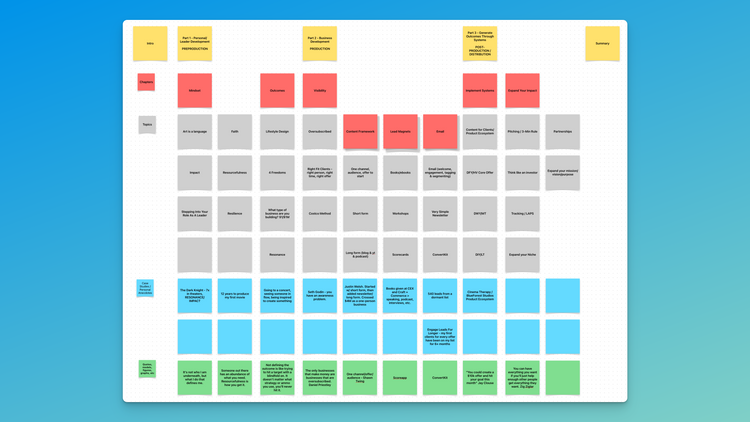
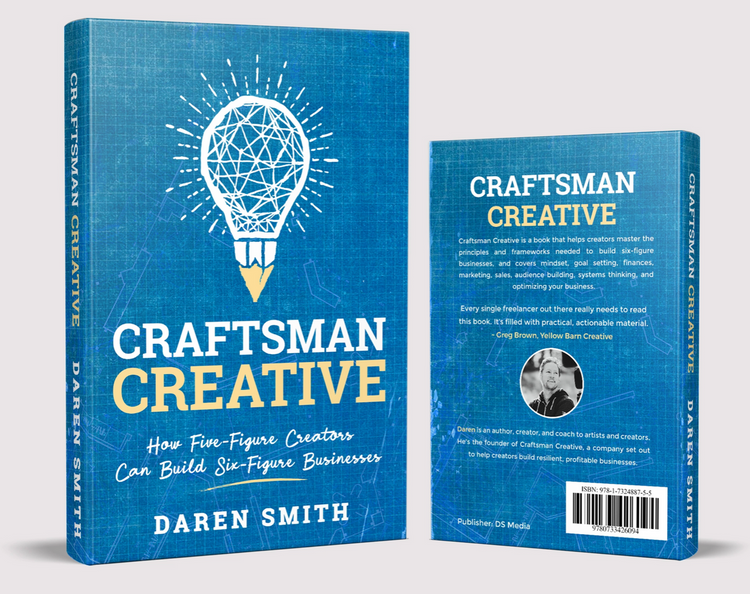

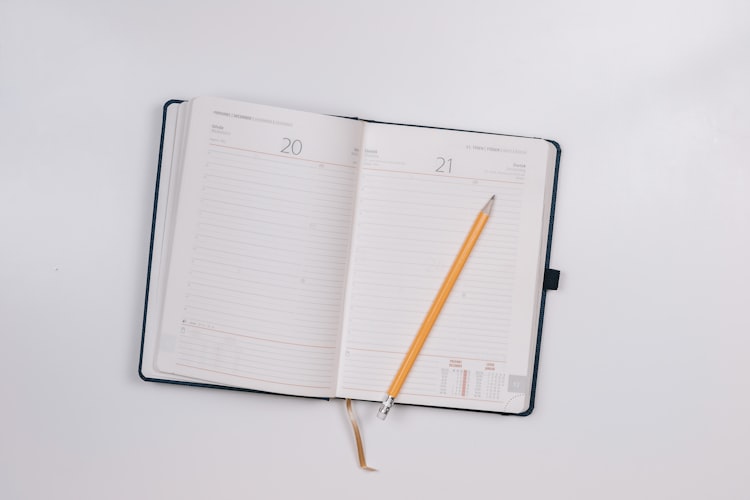
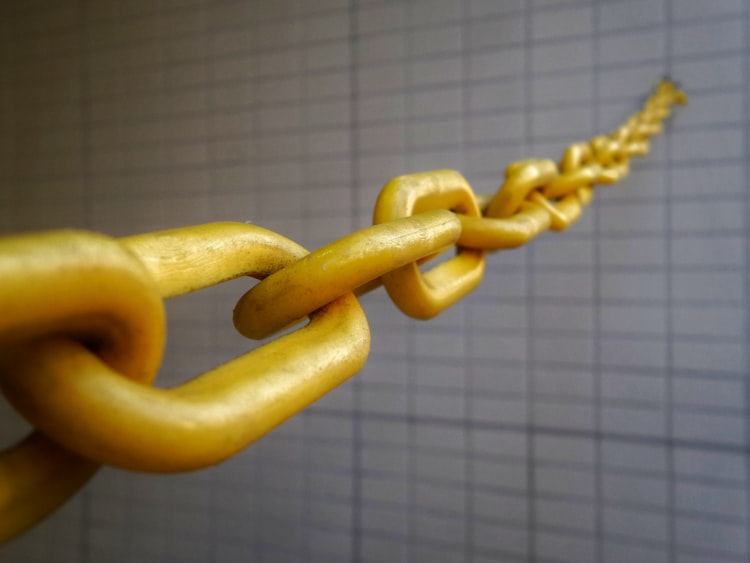
Member discussion